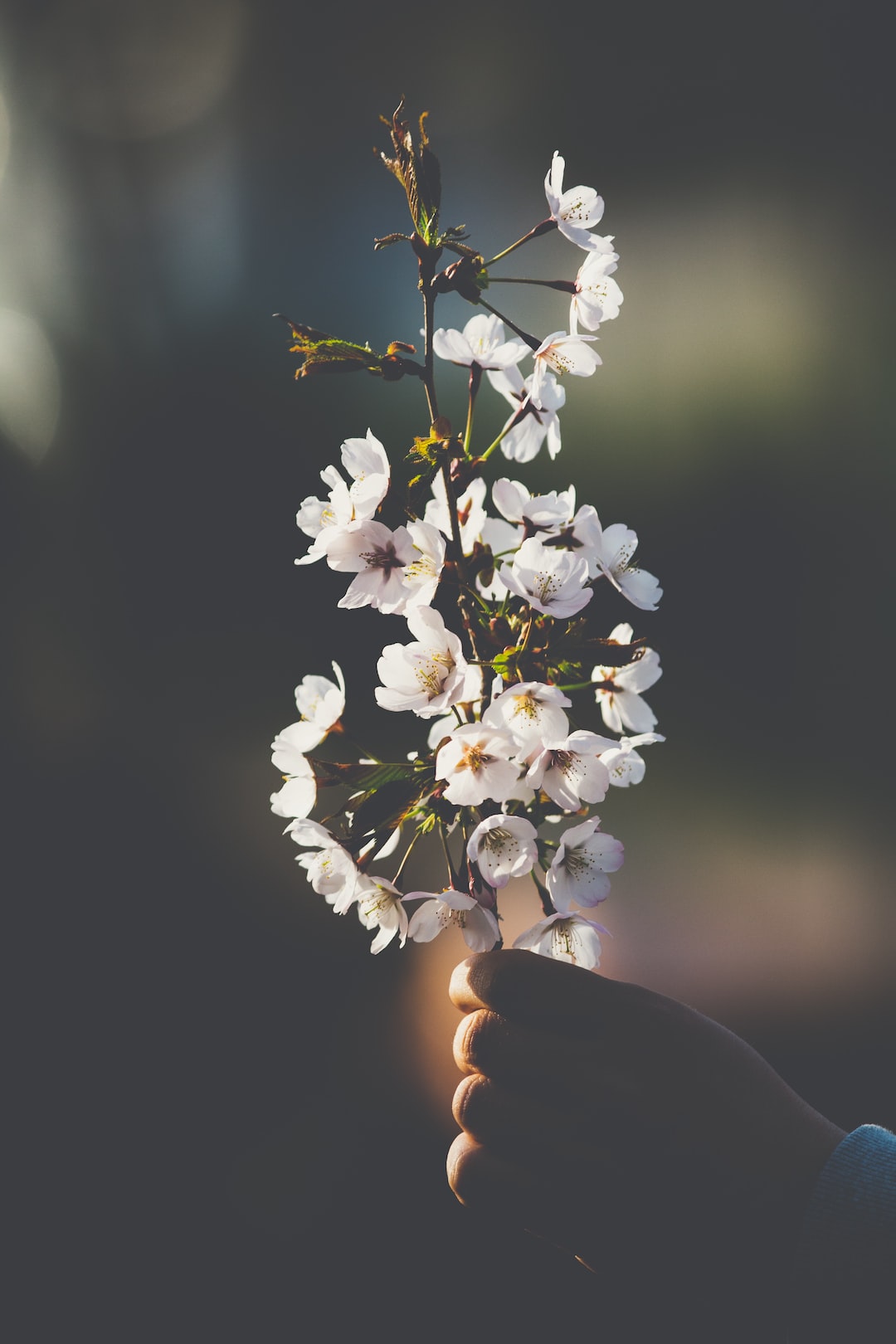Art and mathematics may seem like two very distinct subjects, with art being associated with creativity and self-expression and mathematics with logic and problem-solving. However, there is a fascinating relationship between the two that has been explored through history and continues to captivate artists and mathematicians alike.
The connection between art and mathematics can be traced back to ancient civilizations, where geometric shapes and patterns were used to create intricate designs in architecture, pottery, and textiles. The Greeks were particularly interested in the relationship between mathematics and beauty, as they believed that there was a mathematical formula for beauty known as the Golden Ratio. This ratio, which is approximately 1.618, can be found in many natural and man-made forms, including seashells, sunflowers, and famous works of art like the Mona Lisa and the Parthenon.
In the Renaissance period, artists began using mathematics more explicitly in their work. Leonardo da Vinci, for example, was not only a renowned artist but also a skilled mathematician and inventor. He used his knowledge of geometry to create the perfect proportions of human bodies in art and to depict a sense of depth and perspective in his paintings. The Dutch painter, Piet Mondrian, was also influenced by mathematics and used grids and geometric shapes in his paintings to create a sense of balance and harmony.
In the 20th century, the connections between art and mathematics were taken to a new level with the development of new technologies, such as computers, that allowed for the creation of complex mathematical shapes and patterns in art. The artists working in this field were often influenced by the concepts of fractals, chaos theory, and other mathematical theories that helped them create visually stunning works of art.
The relationship between art and mathematics has also been explored in educational contexts. Many schools now offer STEAM (Science, Technology, Engineering, Arts, and Mathematics) programs that promote interdisciplinary learning and creativity. This approach recognizes that the skills and processes used in mathematics, such as problem-solving and logical thinking, can also be applied in art and other creative fields.
One of the most exciting developments in recent years has been the use of artificial intelligence and machine learning in art. These technologies use algorithms and mathematical models to create new and innovative artworks that would be impossible for humans to produce. This has opened up a whole new field of creative expression that is grounded in mathematics and science.
In conclusion, art and mathematics have a fascinating relationship that has been explored through history and continues to inspire artists and mathematicians alike. By understanding the connections between these two fields, we can create new and innovative works of art that reflect the beauty and complexity of the natural world and the intricate patterns that underlie it. The marriage of beauty and numbers has proven to be a compelling and intriguing concept that is sure to inspire future generations of artists and thinkers.

